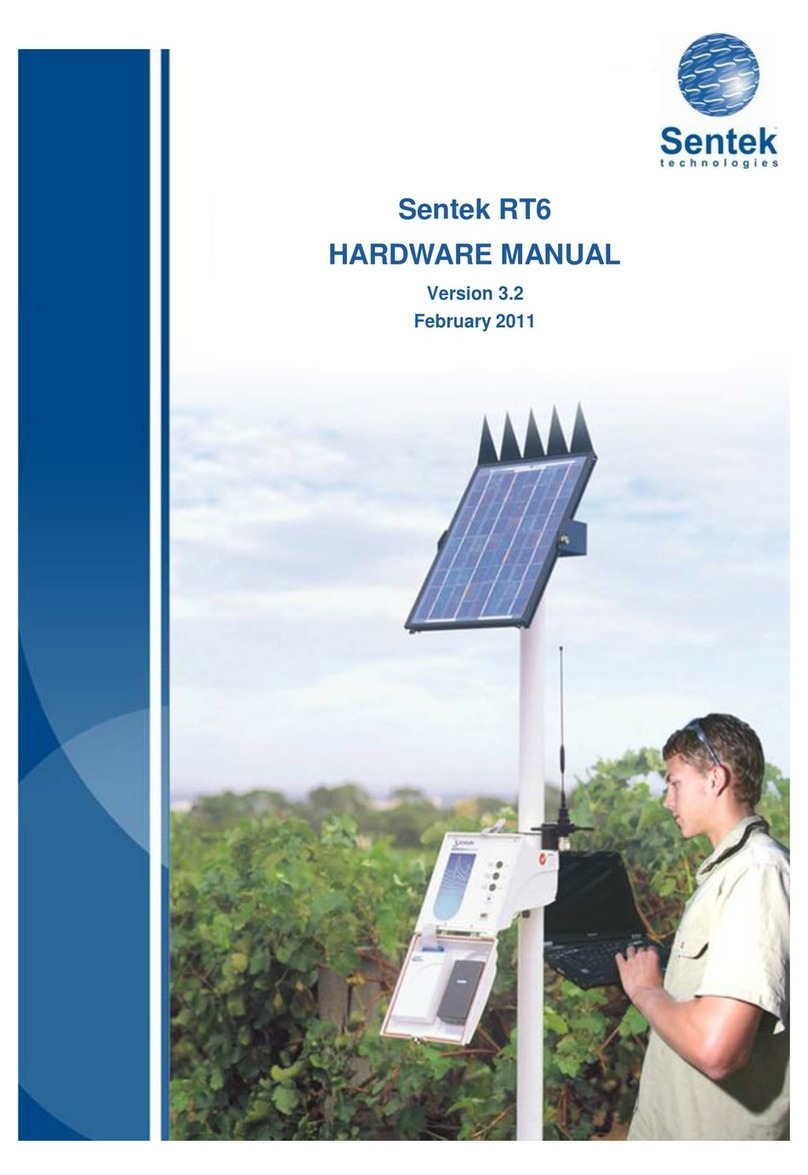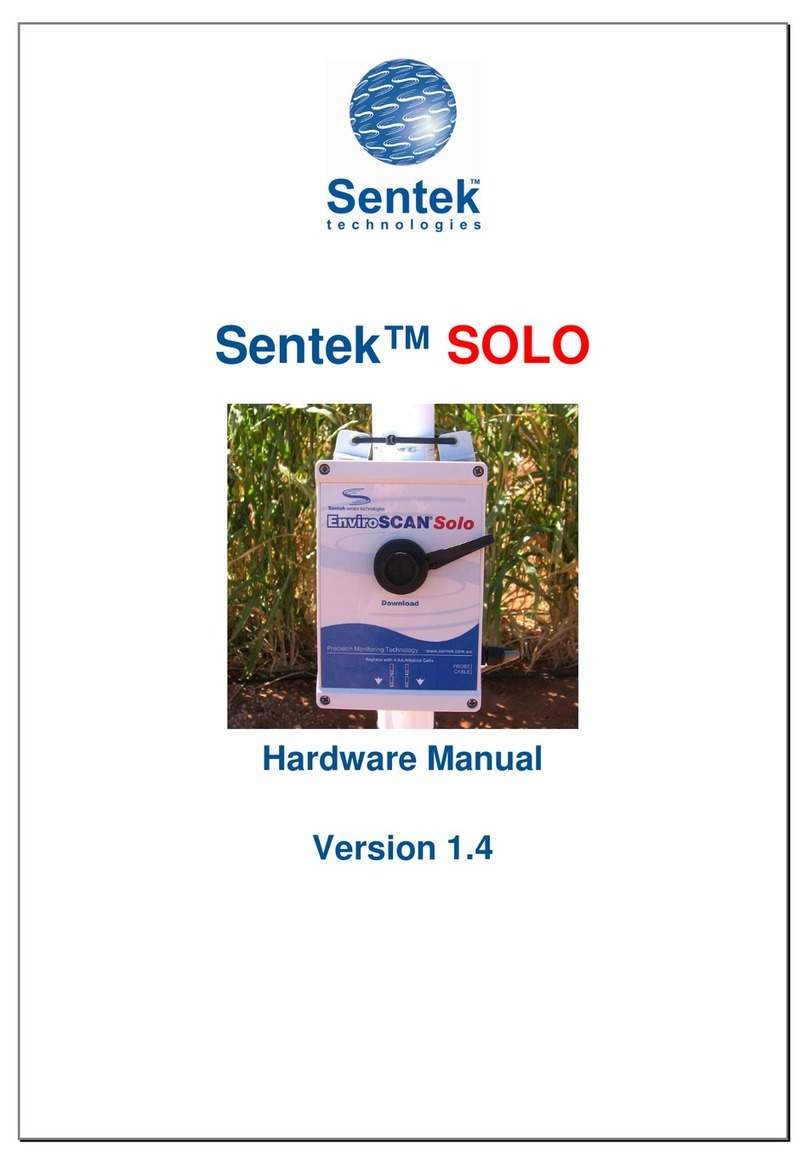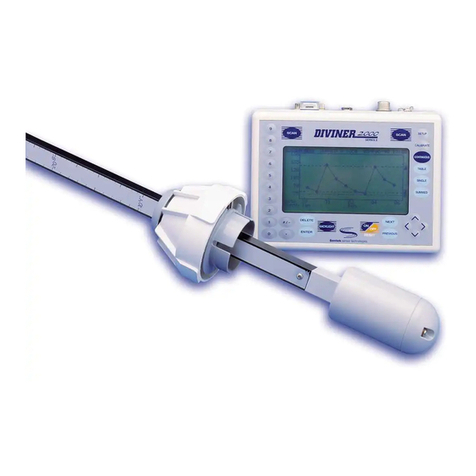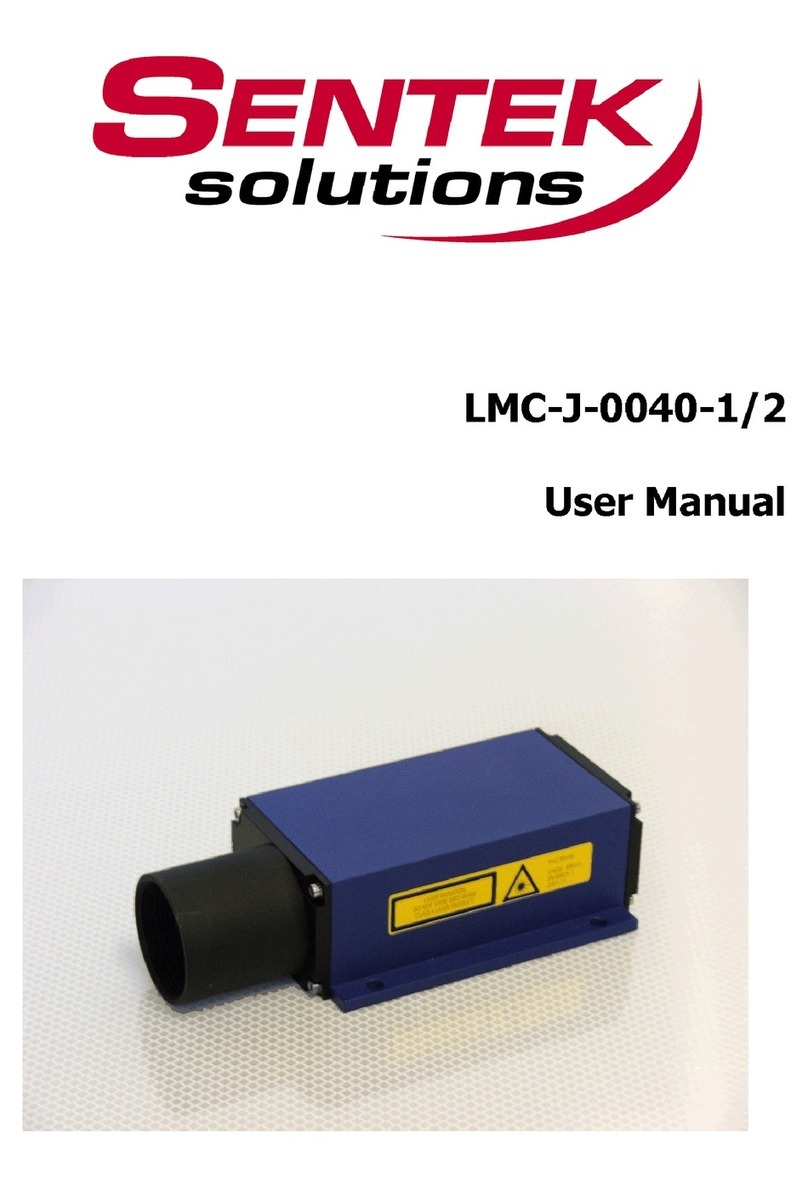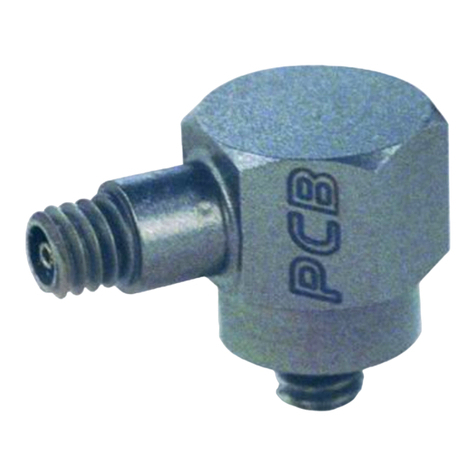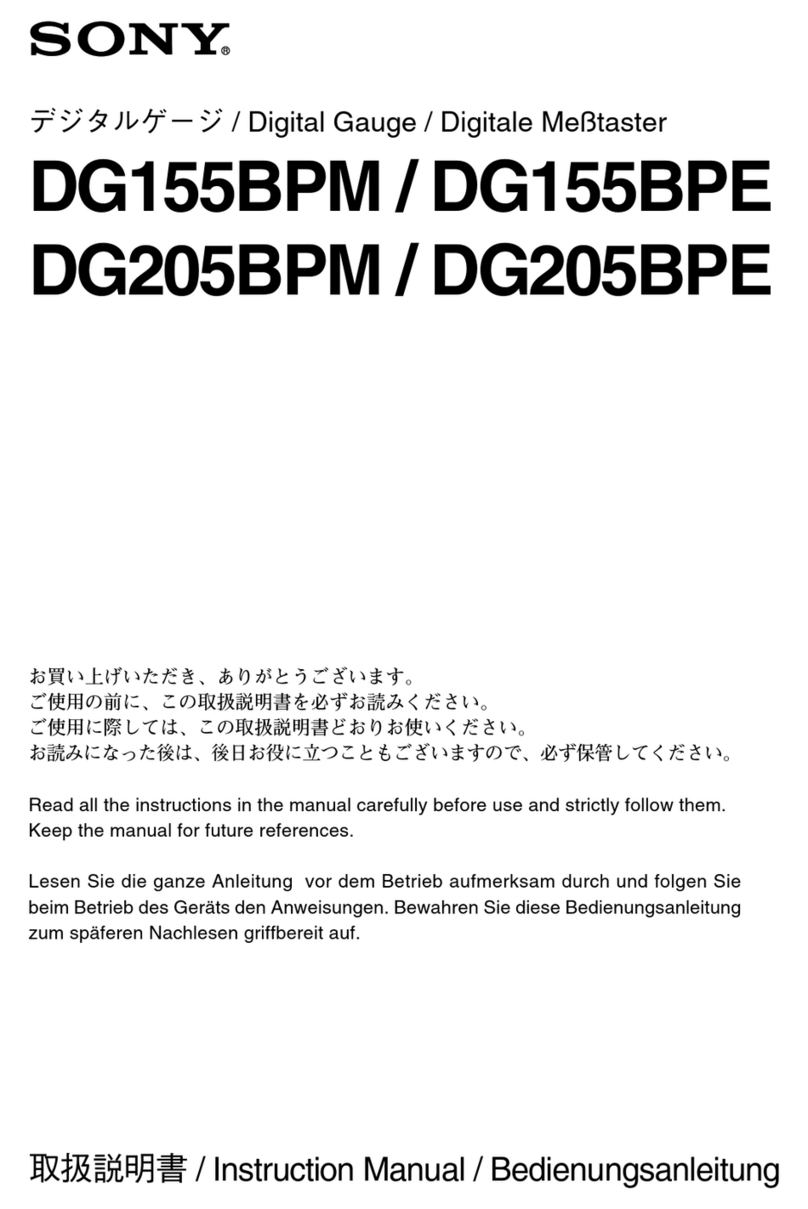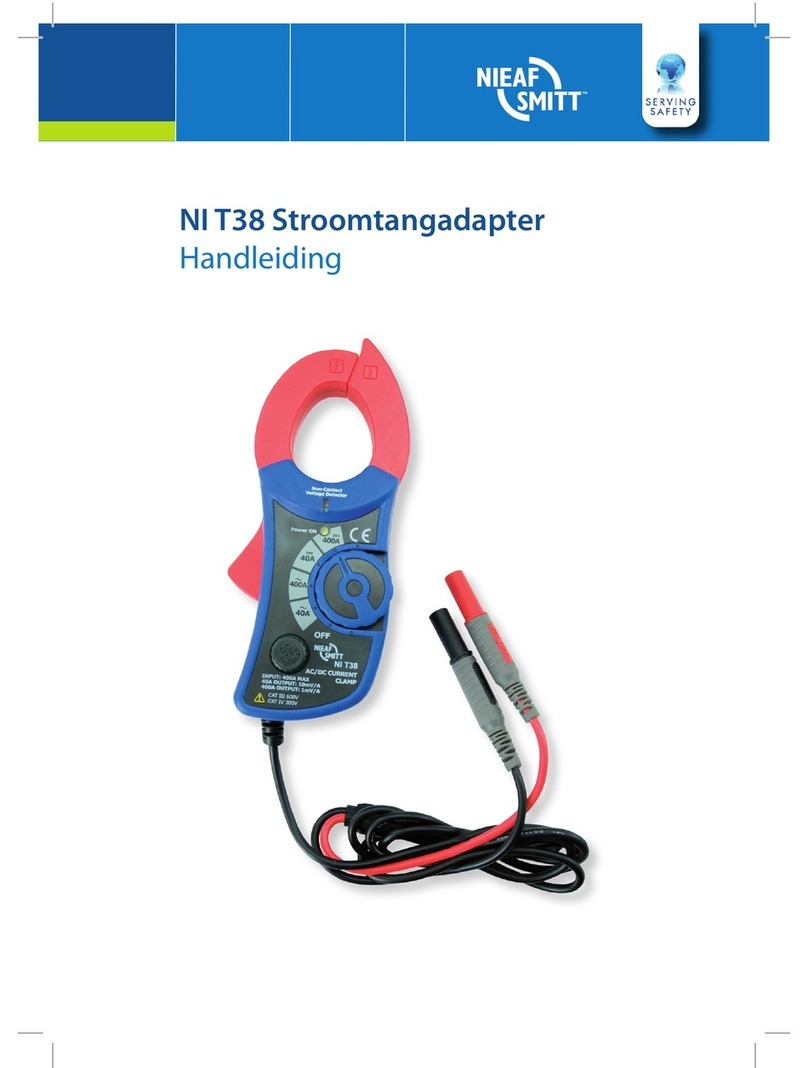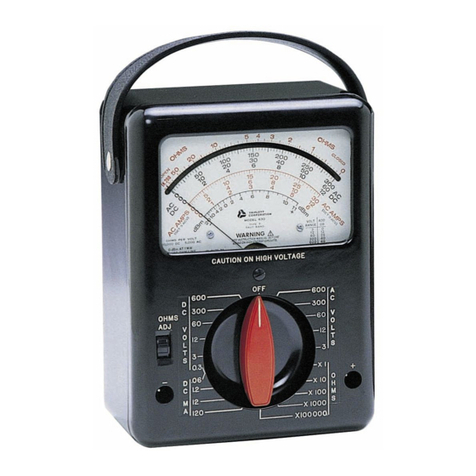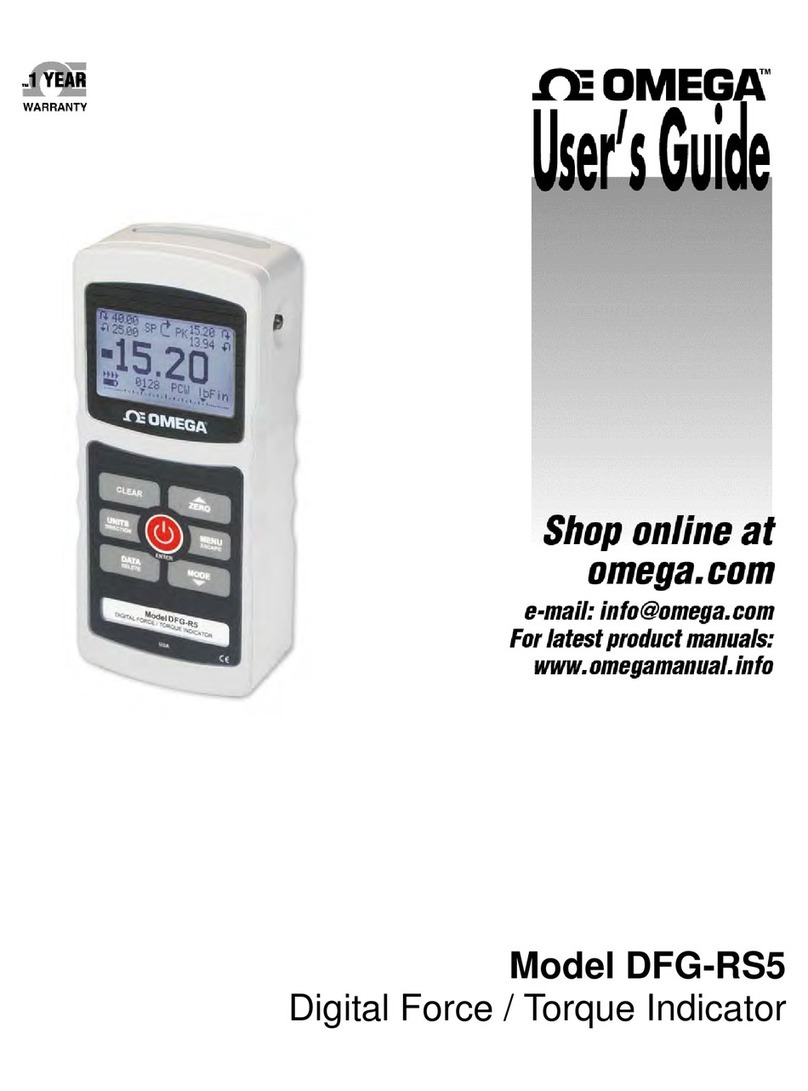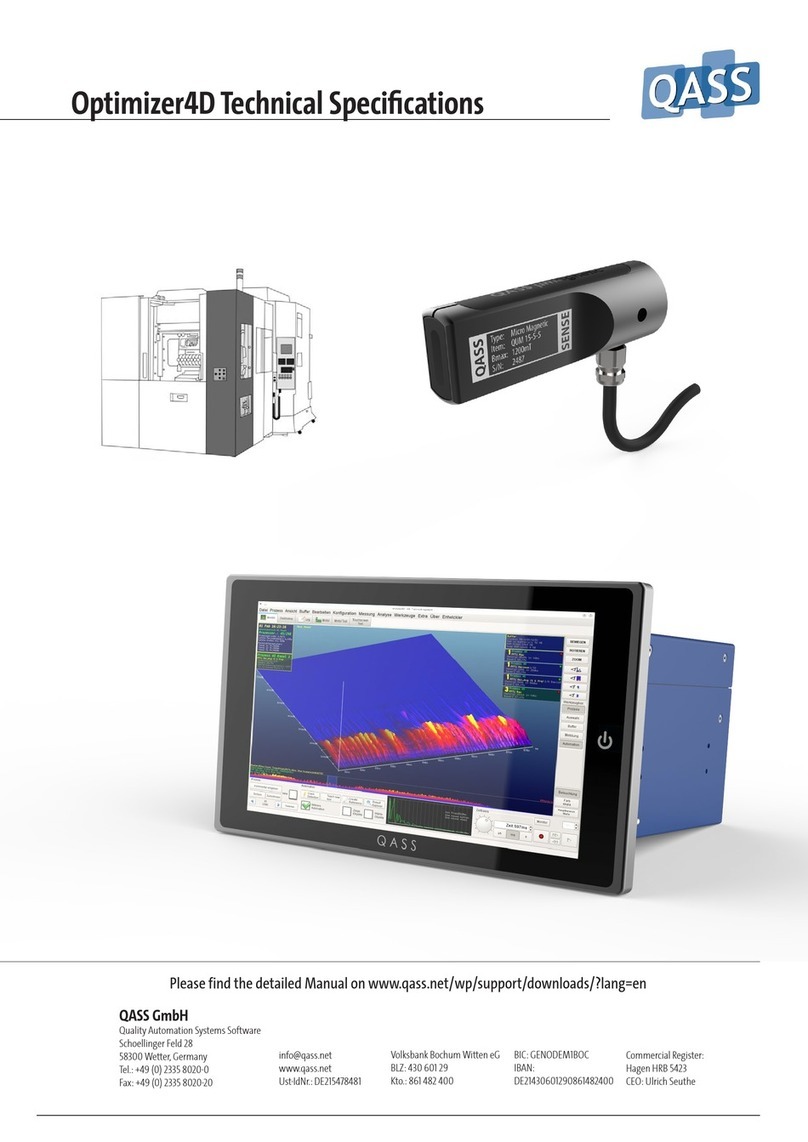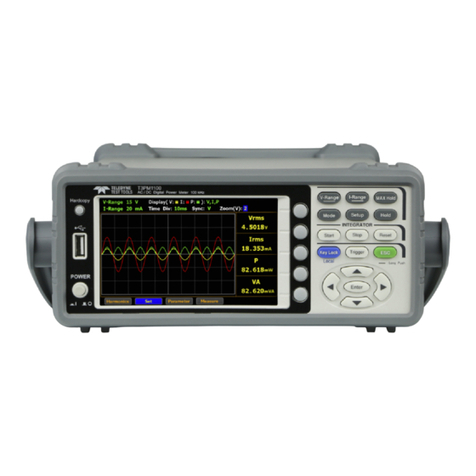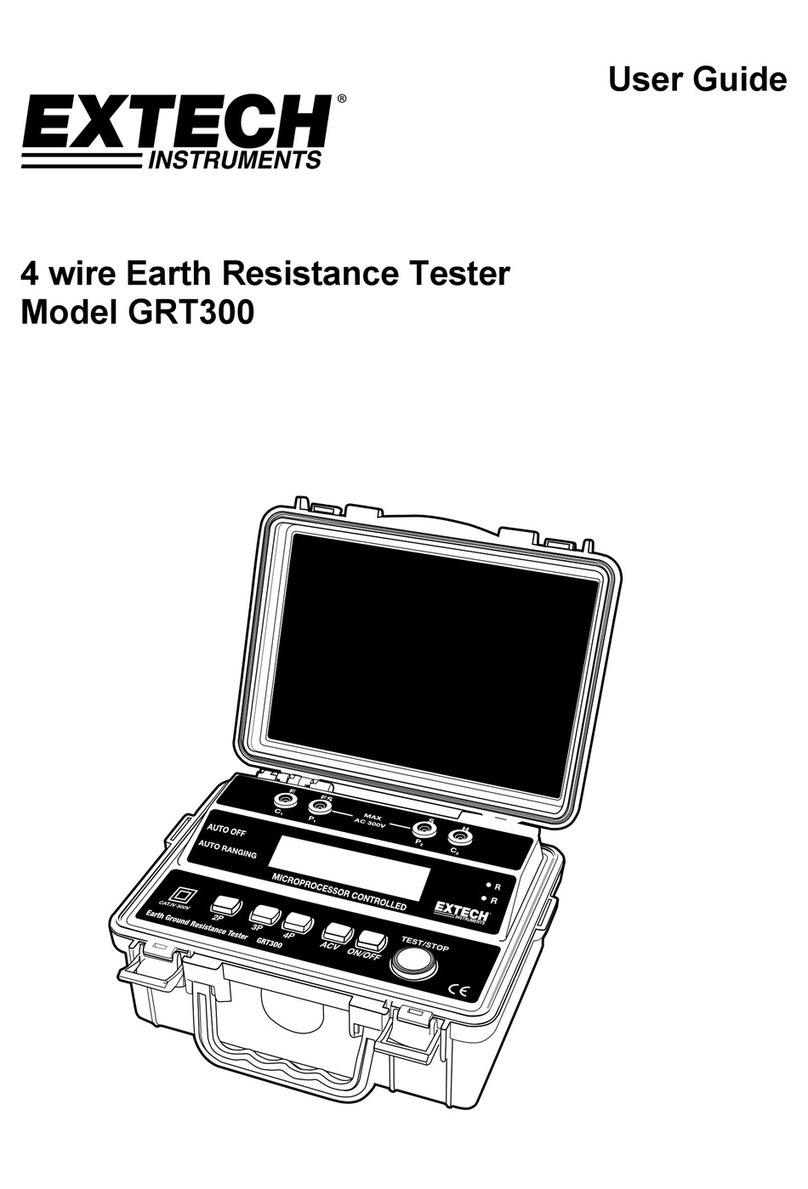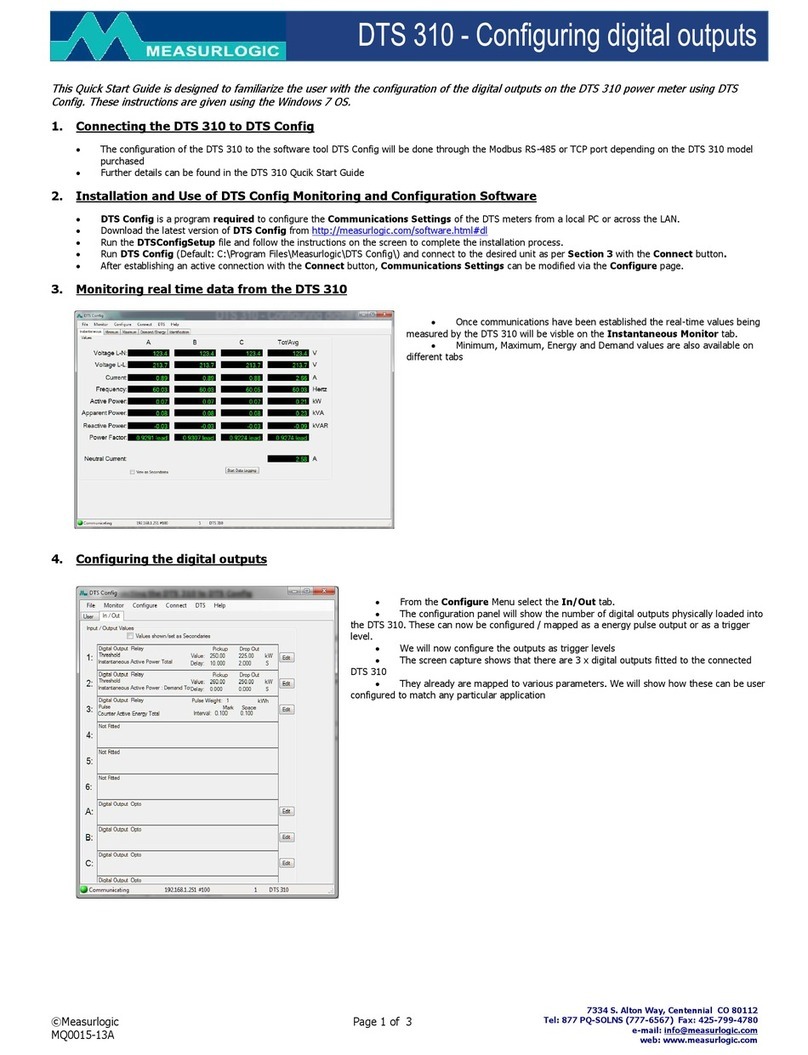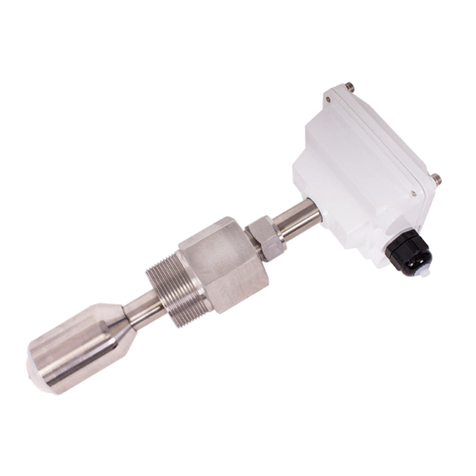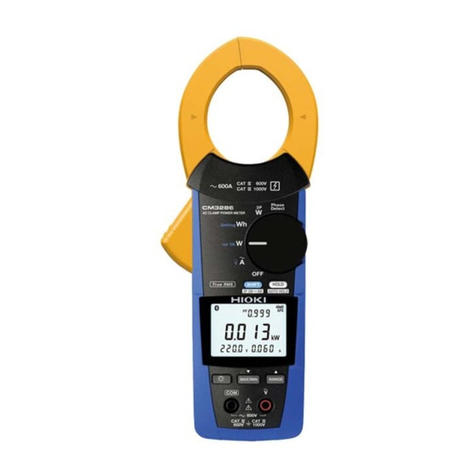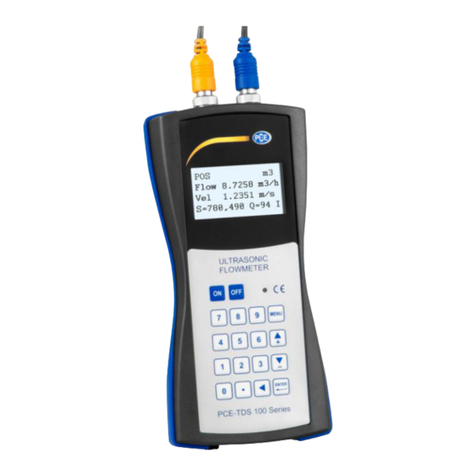Sentek Drill & Drop User manual

Drill & Drop Installation Manual
Version: 6.0
Published: 2021
Drill!
Drop!
Done!

Please Read This Manual Before
Installing the Drill & Drop Probe
•This manual was created to provide you with the knowledge to install the Drill
& Drop Probe in a fast and correct manner.
•Reading this manual will assist you with the choice of the right tools and
procedures. This should save you time and ensure a good installation quality of
the probe.

List of Contents
Section
Page
Introduction to the Drill & Drop Probe
4
Safety Instructions
10
Installation Equipment Required
14
Recommended Installation
- Heavy Soil Type Example 22
Augering Guidelines for the Drill & Drop Bluetooth Probe
39
Installation in Mounded Rows
47
Advanced Installations: Duplex Soils
56
Advanced Installations: Subsurface
61
Drill and Drop Probe Extraction Mk 1
81
Drill and Drop Probe Extraction Mk 2
93

Introduction to the Drill & Drop Probe
•Need for a rapid direct installation method.
•Uses a new fully sealed probe.
•Rugged construction.
•Uses a rigid tripod to maintain the augered hole integrity.
•Uses a tapered auger to suit the tapering of the probe.
•Ease of removal and reuse.

What is it?
•Click to edit Master text styles
–Second level
•Third level
–Fourth level
» Fifth level
OUR NEW INNOVATION:
The SENTEK Drill & Drop
The tapered Drill & Drop multi-sensor profiling probe
measures:
Soil Moisture
Salinity
Temperature
It is wider at the top than it is at the bottom to ensure an
agronomically correct slurry-free, snug fit and super-fast
probe installation.

Why did we create it?
•Soil moisture probes are difficult and time-
consuming to install –existing soil moisture
probes require a lot of time and energy,
especially when inserting down to 1.2 m ( 48”)
… until NOW!!
•The Drill & Drop measures an undisturbed soil
medium, not a soil slurry that fills the air gap
between soil and probe, which is being used by
most soil moisture probe manufacturers.
•The slurry invites preferential path flow of water
along the probe, providing misleading and
potentially crop damaging information to the
irrigator.

How does this solve the problem?
•Click to edit Master text styles
–Second level
•Third level
–Fourth level
» Fifth level
See “Sentek Videos”
•Drilling tapered
hole in soil.
•Dropping in a
tapered probe.
•Done!

Tapered Auger & Tapered Probe
The Tungsten-tipped auger is a little longer than the probe. The tapered soil opening
created by the auger is therefore deeper compared to the length of the probe body.
The resulting soil cavity below the bottom of the probe is designed to accept any soil
accumulating at the bottom of the cavity during the installation process.
Otherwise, soil accumulation could obstruct the insertion of the probe body to its full
length.
Tungsten Tip

Quality of the Drilled Hole for Probe
Insertion
It is not possible to achieve the quality and integrity of the drilled hole (as shown in the
picture above) without using the Sentek Stabilisation Tripod for the tapered auger.
Warning: Not using the Stabilisation Tripod can lead to air gaps, potentially causing
preferential path flow of water and misleading readings.

Safety Instructions
Warning!
•Read and follow all safety instructions in this Drill & Drop
Installation Manual and the safety instructions in the
respective manuals of the recommended power tools
referred to in this manual.

Safety Precautions and Working
Techniques
•A power drill is a high-torque, petrol or electrically powered tool. Some special precautions must be observed to reduce the
risk of personal injury.
•It is important that you understand and observe the following safety precautions and warnings. Read this installation
manual and the respective manuals for the tools recommended in this manual. Careless or improper use of any power drill
may cause serious or fatal injury.
Danger
Drilling into or contact with electrical wires may cause severe shock, burns or death. Obtain information about buried power
cables before commencing work.
Warning
Striking a hard object in the soil with a turning auger and the resulting slowing or stoppage of the auger creates reactive
forces. The transfer of reactive forces can cause the auger powerhead and handles to rotate suddenly in the opposite
direction and can result in loss of control or cause the handle to hit the operator resulting in injury. Always use auxiliary
handles supplied with the tool.
Warning
Minors should never be allowed to use a power drill. Bystanders, especially children and animals should not be allowed in
the area where a power drill is being used. Never let the power drill run unattended.

Safety Precautions and Working
Techniques
Warning
•Do not lend or rent your power drill without the respective owner manual and this installation manual. Be sure that
anyone using your power drill understands the information contained in the relevant manuals.
Warning
•When using an electric power drill and a generator as a power source in the field, hold the power tool by insulated
gripping surface when drilling where the auger may contact buried wiring. Contact with a “live” wire will make exposed
metal parts of the tool “live” and shock the operator. Ensure that the cord does not get wrapped around the spinning
auger.
Warning
•Always wear certified safety protection. Wear ear and eye protection when operating power drills.
Warning
•To reduce the risk of injury, the operator should wear proper protective apparel. Clothing must be snug-fitting, but
allow complete freedom of movement. Avoid loose fitting jackets, flared or cuffed pants or anything that could be
drawn into the boring tool. Wear overalls or long pants to protect your legs. Do not wear shorts. Use gloves when
handling the power drill.
Warning
•Always use the side handle supplied with the tool. Keep a firm grip on the tool at all times. Do not attempt to operate
this tool without holding it with both hands. Operating this tool with one hand will result in loss of control when striking
hard pans or stones.

Safety Precautions and Working
Techniques
Warning
To reduce the risk of falling as a result of the forces created by the power drill, good footing is most important. Wear sturdy
shoes with non-slip soles. Steel-toed safety boots are recommended.
Warning
Power drill noise may damage your hearing. Wear sound barriers (ear plugs or ear muffs) to protect your hearing.
Warning
Do not expose an electric power drill to rain or wet conditions.
Warning
When operating an electrical power drill outdoors, use an extension cord suitable for outdoor use.
Please refer to respective detailed user manuals and their safety instructions for the recommended tools in this
manual:
•Operation of a generator.
•Operation of an electrical power drill with an auger.
•Operation of a petrol powered drill with an auger.

Installation Equipment
Required

1.Installation Tools for Light Soils
Drill & Drop
Probe
TaperedAuger
Bucket for
excavated soil
Stabilisation Tripod with Screw Pins (Metal & Plastic)
Pressurised
Water Bottle
Battery Drill
Socket for Screw Pins Trowel
2 sheets of
Newspaper

2.Installation Tools for Heavy Soils
Stabilisation Tripod with Screw Pins Bucket for
excavated soil
TaperedAuger
Drill & Drop
Probe
Socket for
Screw Pins
Trowel
2 sheets of
Newspaper
740 Watt DEWALT Drill
Electrical
Extension
Cord
Pressurised
Water Bottle
Heavy Duty
Battery Drill
(40V max)

3. Recommended Tools Important!
A Honda EU20 i 1.6 KVA Generator and a 740 Watt DEWALT Drill have been intensively tested to drill holes in
some very heavy textured soils.
These tools have not failed in the course of many installations and are Highly Recommended.

4.Recommended Tools Important!
Alternatively, a motorised power head may be used to drive the tapered auger. The one shown is an
ECHO EDR-2400 2-stroke engine drill by Yamabiko Corporation.

5.Recommended Tools
Important!
This is an alternative drill power head from Stihl, which has also proven reliable.
(Petrol/Oil Mixture)

6.Do Not Use a Battery-Operated Drill
for Heavy Soils which is lower than 40v
Table of contents
Other Sentek Measuring Instrument manuals
